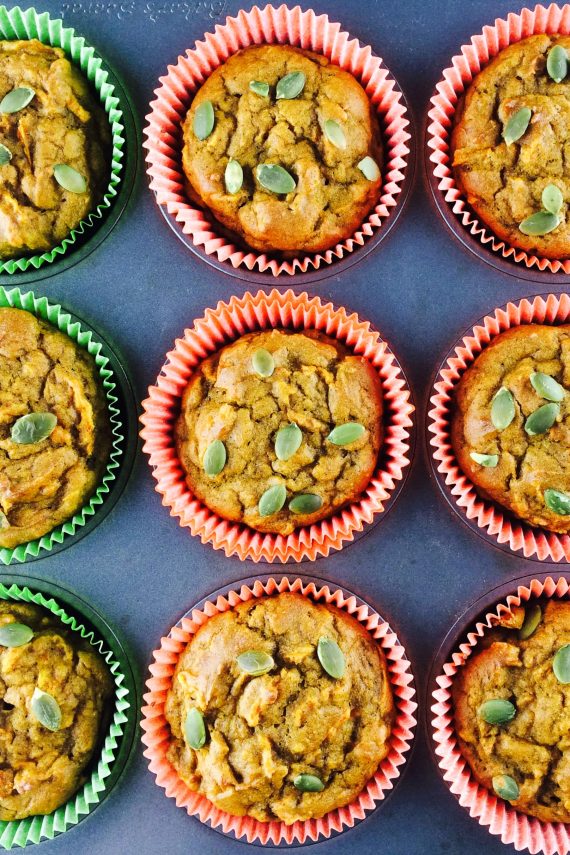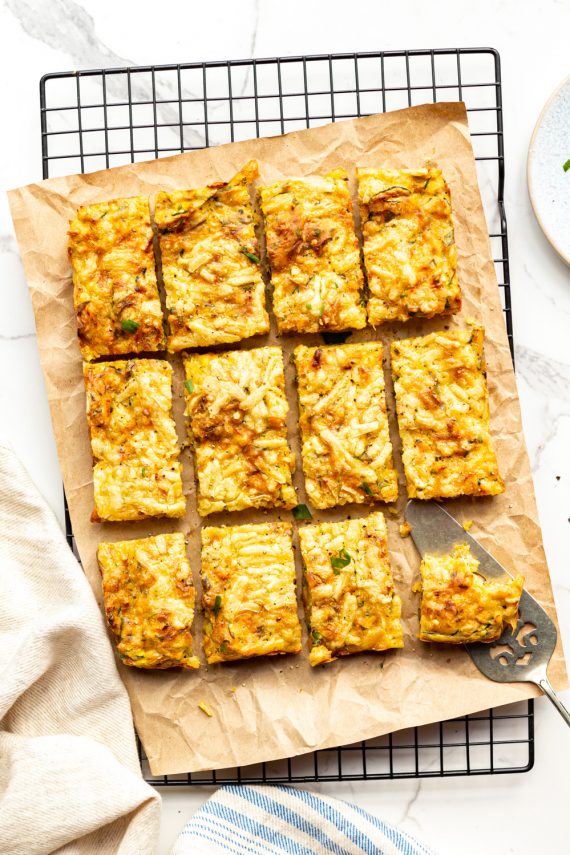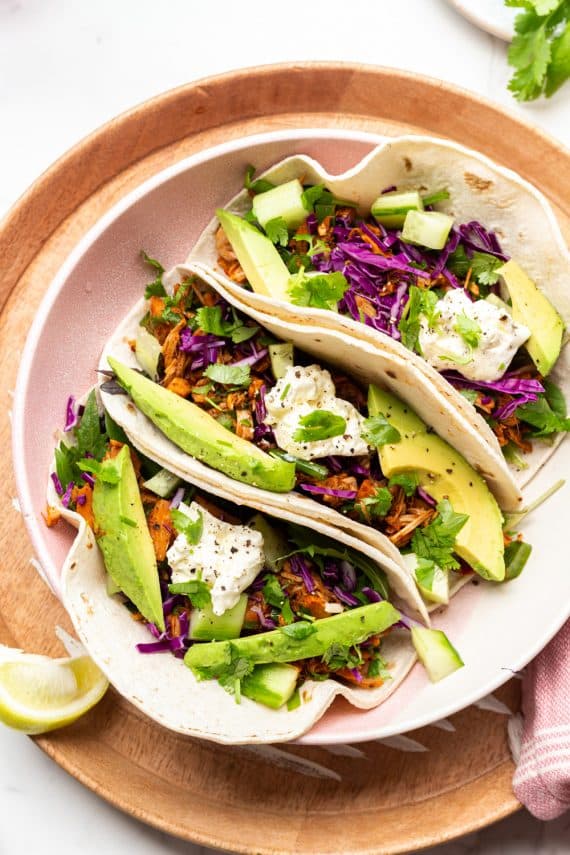Are you feeling a bit confused about what Japanese pumpkin is and wondering if it is low FODMAP? You’re not the only one! Japanese pumpkin is listed as a safe low FODMAP pumpkin in the Monash University Low FODMAP app. But what exactly is Japanese Pumpkin?
Japanese pumpkin was originally called Kabocha squash/pumpkin and this name is used in North America, UK and Japan (1 2). This type of pumpkin is also referred to as Kent pumpkin (3). The Kabocha pumpkin is an Asian variety of winter squash from the species Cucurbita maxima (2).
| Name |
Country |
|---|---|
| Japanese Pumpkin | Australia & New Zealand |
| Buttercup Pumpkin | New Zealand |
| Supermarket Squash | New Zealand |
| Kabocha Squash | North America, UK & Japan |
| Kent Pumpkin | Australia |
| Danhobak | Korea |
| Fak Thong (ฟักทอง or golden squash) | Thailand |
(Table Information Sourced From: Exotic India, 2015; FooDB, 2015; Maangchi, 2011; Taste, 2006; Wikipedia, 2015)
Are there different varieties of Kabocha squash/Japanese pumpkin?
There are many common varieties of Kabocha squash: Ajihei, Ajihei No. 107, Ajihei No. 331, Ajihei No. 335, Cutie, Ebisu (Delica), Emiguri, and Miyako (1 2 7). Buttercup squash is a form of Kabocha based on Seiyo Kabocha (1 2).
In New Zealand, Kabocha is sold as buttercup squash or supermarket squash. Researchers have analysed the sugars in six of the Kabocha squash varieties and all varieties had positive glucose to fructose ratios. This means the squash contained more glucose than fructose and shouldn’t contain any excess fructose.
What does Kabocha squash look like?
Kabocha squash has dark green/grey knobbly-looking skin with lighter green, yellow, orange or white stripes (1 3 8). The skin is hard and has a dull-finish (1). Inside the squash has bright orange flesh (1 3 8).
What does Kabocha squash taste like?
The flesh of the kabocha squash is described as fluffy, with a strong yet sweet flavour that has texture and taste almost like cooked chestnuts (1 2 8).
Are you ready to take control of your gut symptoms?
No thanks, my gut is perfect.
Article continues below
What serving size is low FODMAP?
According to the Monash University FODMAP Diet App, Japanese pumpkin has a low FODMAP serving size. You can enjoy it in 75g / 2.6oz serving and it doesn’t contain moderate levels of FODMAPs until 160g / 5.6oz servings. This means you might find you can enjoy a little bit more than the low FODMAP serving.
How do you choose a Kabocha squash?
Choose a Kabocha squash that has hard thick skin and is heavy for its size. Avoid any squash that has soft patches or cracks in the skin as these can mean the squash is old or contaminated with bacteria.
Store the whole Kabocha in a cool dark place. Once you cut the squash you need to deseed and store it in the fridge – it will last up to a week.
Final Thoughts
Japanese pumpkin or Kabocha is a delicious low FODMAP veggie that can be used in soups, stir-fries, risottos, pizza, and even desserts. It is definitely one of my favourite low FODMAP veggies. Happy cooking!
Image credit: JIANG HONGYAN/Shutterstock











Leave a Reply